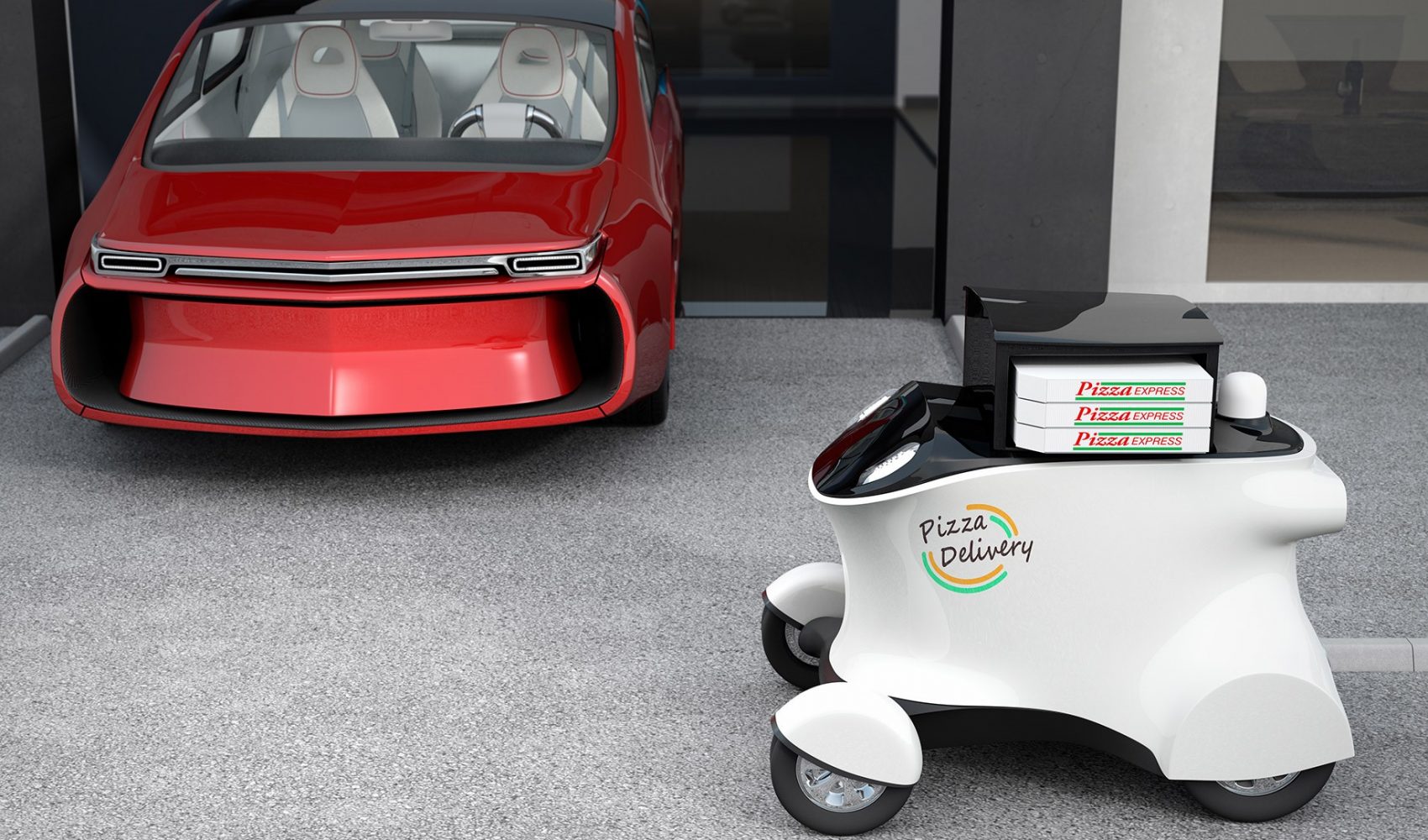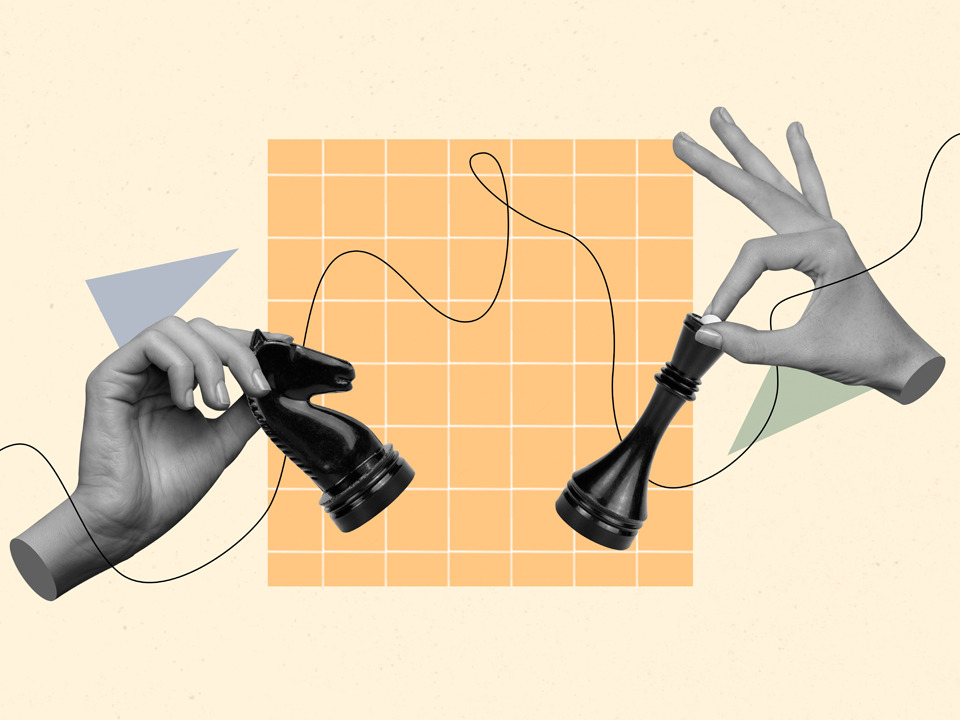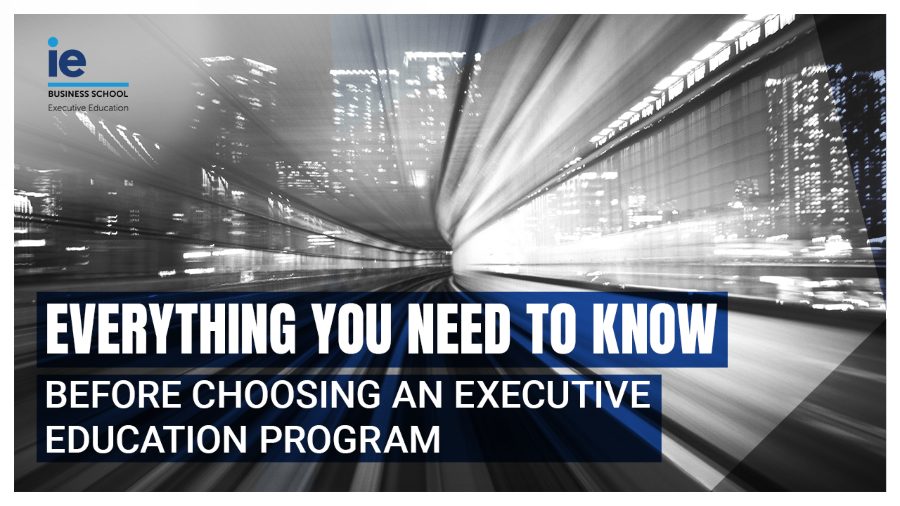The Implementation of AI in Food Service

Former McDonald’s USA CEO Ed Rensi told Fox Business that, “It’s cheaper to buy a $35,000 robotic arm than it is to hire an employee who’s inefficient making $15 an hour bagging French fries.” McDonald’s has long been using AI and check-out kiosks to elsewhere utilize human employees for other tasks. Using AI to replace minimum-wage workers as the minimum wage is set to increase has been long anticipated.
Recent advancements in automation in food services
There have been many remarkable advancements in the realm of AI and food services in the past year. Recently, the New York Times did a profile on a salad-making robot named “Sally” and Zume Pizza, a California based startup began automating en route pizza production and raised $50 million in venture funding. In March 2018, Little Caesar’s patented a robot that allegedly makes “the perfect pepperoni pizza.”
The investment in self-driving vehicles
The early conversations on the subject of driverless cars were focused on automated taxis because eliminating the human driver from the equation seemed to be a clear route to optimize profitability. An ever-increasing number of companies—automakers, tech giants, startups, courier services are investing in the technology to have autonomous delivery vehicles. While it may seem like these are publicity stunts, the reality is these advancements are happening at an accelerated pace.
Domino’s as an industry leader
Last summer, Ford partnered with Domino’s pizza to experiment further with self-driving vehicles in Ann Arbor, Michigan. The driverless car would drive to the locations to deliver pizzas while a regular manually-driven car followed closely behind to videotape the process and its interactions with the recipients. Customers were required to approach the car and enter a code on a touchscreen on the vehicle to retrieve their pizza. Curiously enough, most people instinctively said “thank you” to the car upon taking their pizza. This collaborative experiment from Domino’s and Ford taught researchers volumes about how automated delivery technology will be received by the public.
In collaboration with Starship Technologies, Domino’s Robotic Unit has launched a plan to implement small six-wheeled robots to deliver pizza to customers within a one-mile radius of their stores in Germany and Holland. The tiny robots look like coolers on wheels but contain the same technology used in the full-size self-driving cars. The delivery robots’ small size and low velocity mean they will be less vulnerable to accidents and legal issues than full-size autonomous cars.
Domino’s has rapidly become the industry leader for delivery services and its stock performance during the past 7 years has gone from $13 to over $200. Once these machines are standardized it will be a new world and many blue collar workers will be forced to seek different types of work. With these advancements occurring in the food realm, it is likely that food and goods will have their transportation standardized by automated vehicles before people do.
The disruption that will occur when the human employees whose jobs hinge on food preparation or driving are replaced will be massive.
READY TO FEEL MORE CONFIDENT IN AN ERA OF INCREASING UNCERTAINTY?
If you’re ready to mold yourself into a leader prepared to take on a VUCA-filled future, you can learn more about Leadership and Strategy in the Age of Disruption by downloading a copy of our informational booklet. If you’re ready to join our next intake, get started on your application.



